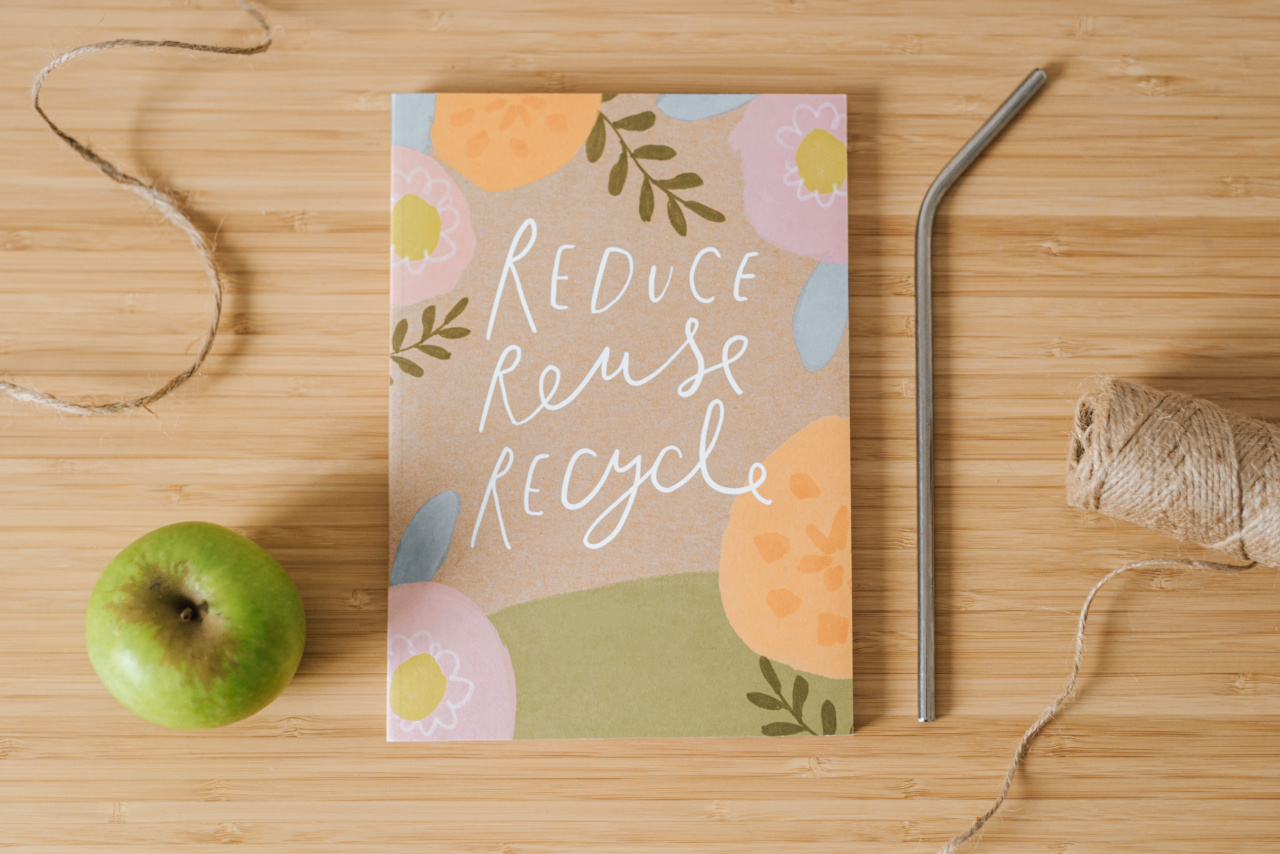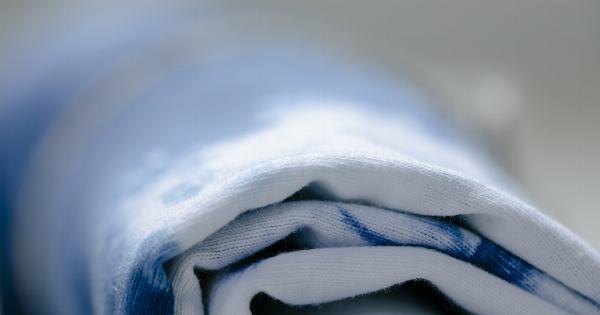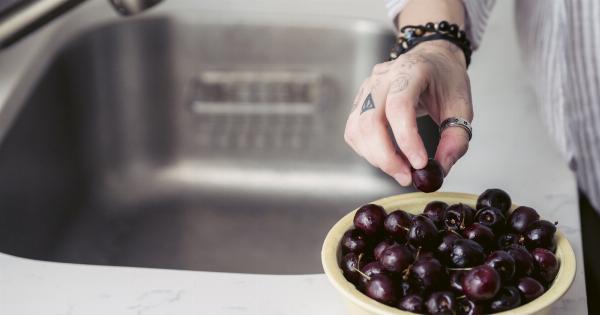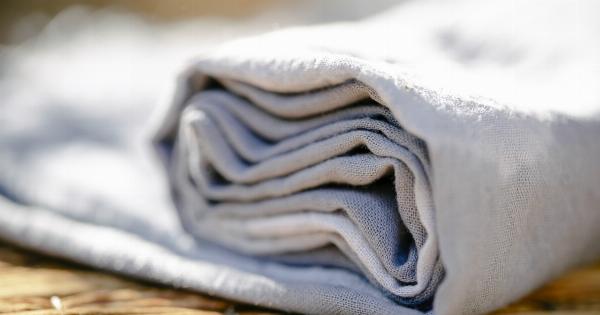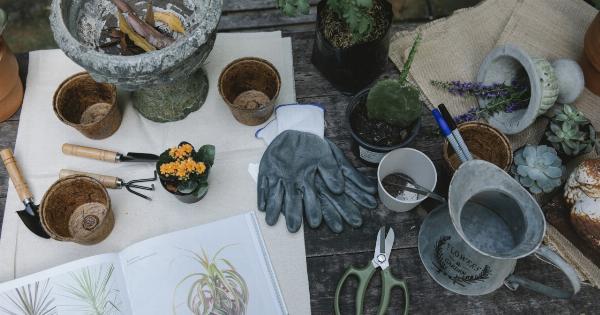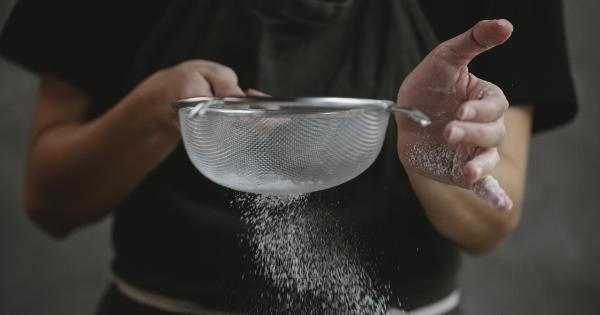Cleaning fruits and vegetables is an essential part of food preparation. Consuming fresh and clean produce can help you avoid foodborne illnesses and reduce the risk of exposure to pesticides, dirt, and bacteria.
However, it can be tricky to know the best ways to clean different types of fruits and vegetables. In this guide, we will show you how to master the art of fruit and veggie cleaning.
Why Clean Fruits and Vegetables?
Fruits and vegetables are essential sources of vitamins, minerals, and fiber in our diets. However, they can also be carriers of dirt, bacteria, and pesticides that can cause foodborne illnesses.
Even if you buy organic produce, it’s still a good idea to wash it to remove any dirt, debris, or bacteria that may be on the surface. Washing fruits and vegetables can also help to extend their shelf life and keep them fresh for longer.
Types of Produce
Before we get started, it’s important to understand that different types of produce require different cleaning methods.
For example, soft fruits like strawberries and raspberries are more delicate and require gentle washing, while harder vegetables like broccoli and carrots can withstand more vigorous cleaning. Here are some common types of produce and the best cleaning methods:.
1. Berries
Berries are vulnerable to absorbing water, so it’s best to rinse them quickly under cold running water before eating. Avoid soaking berries in water as they can become waterlogged.
If the berries are particularly dirty, use a soft-bristled brush to gently remove any debris.
2. Leafy Greens
Leafy greens like spinach and kale require thorough washing to remove any dirt or debris. Fill a large bowl with cold water and add the greens. Swirl them around in the water before draining and rinsing them under running water.
Repeat this process until the water runs clear and the greens are clean.
3. Root Vegetables
Root vegetables like carrots and potatoes can be scrubbed with a vegetable brush under running water to remove any dirt or debris.
If the vegetables are particularly dirty, you can soak them in a mixture of water and vinegar for a few minutes before scrubbing and rinsing them.
4. Tomatoes
Tomatoes should be rinsed under cold running water and patted dry with a cloth or paper towel. If the tomatoes have any residue on the surface, you can gently rub them with a soft-bristled brush before rinsing.
5. Broccoli
Broccoli florets can be soaked in cold water for a few minutes to remove any dirt or debris. After soaking, rinse the broccoli under running water and drain well before using.
6. Grapes
Grapes can be rinsed under cold running water and patted dry with a cloth or paper towel. If the grapes are particularly dirty, you can use a soft-bristled brush to gently scrub them before rinsing.
7. Potatoes
Potatoes can be scrubbed with a vegetable brush under running water to remove any dirt or debris. If the potatoes have any sprouts or eyes, you can use a paring knife to trim them off before washing.
8. Onions
Onions can be rinsed under cold running water and patted dry with a cloth or paper towel. If the onions have any outer layers that are dirty or brown, you can remove them before washing.
9. Melons
Melons should be rinsed under cold running water and patted dry with a cloth or paper towel. If the melon has any dirt or debris on the surface, you can use a soft-bristled brush to gently scrub it before rinsing.
10. Peppers
Peppers can be rinsed under cold running water and patted dry with a cloth or paper towel. If the peppers have any residue on the surface, you can gently rub them with a soft-bristled brush before rinsing.
How to Wash Fruits and Vegetables
Now that you know the best cleaning methods for different types of produce, let’s talk about how to wash them properly:.
Step 1: Rinse
Rinse the produce under cold running water to remove any dirt or debris on the surface. You can do this by holding the produce under the tap or placing it in a colander and running water over it.
Step 2: Scrub
If the produce has any stubborn dirt or residue on the surface, use a soft-bristled brush to gently scrub it. Make sure to be gentle, especially with delicate fruits like berries.
Step 3: Soak
If the produce is particularly dirty or you’re worried about bacteria, you can soak it in a mixture of water and vinegar for a few minutes. Fill a bowl with cold water and add a tablespoon of vinegar.
Soak the produce in the mixture for a few minutes before draining and rinsing it.
Step 4: Dry
Once the produce is clean, pat it dry with a cloth or paper towel. It’s best to avoid letting produce air dry as this can create a breeding ground for bacteria.
Tips for Safe Fruit and Veggie Cleaning
When it comes to cleaning fruits and vegetables, there are a few things to keep in mind to ensure that you’re doing it safely.
1. Wash Hands
Before handling any produce, make sure to wash your hands thoroughly with soap and warm water.
2. Use Cold Water
Always use cold water to wash fruits and vegetables, as hot water can destroy some of the beneficial nutrients.
3. Avoid Soap
Avoid using soap or detergents to clean produce, as they can leave a residue and may not be safe for consumption.
4. Remove Outer Layers
If any produce has outer layers that are dirty or brown, remove them before washing to prevent bacteria from spreading to the edible parts.
Conclusion
By following these simple tips, you can master the art of fruit and veggie cleaning. Remember to always wash your hands before handling produce, use cold water, and remove any outer layers that are dirty or brown.
With these practices, you can enjoy fresh, clean, and nutritious fruits and vegetables that are safe to eat.
